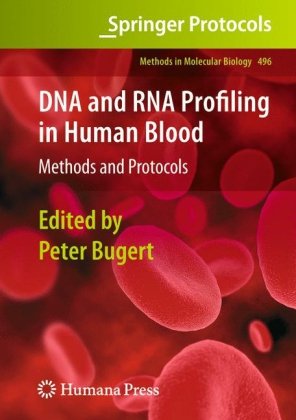

Most ebook files are in PDF format, so you can easily read them using various software such as Foxit Reader or directly on the Google Chrome browser.
Some ebook files are released by publishers in other formats such as .awz, .mobi, .epub, .fb2, etc. You may need to install specific software to read these formats on mobile/PC, such as Calibre.
Please read the tutorial at this link: https://ebookbell.com/faq
We offer FREE conversion to the popular formats you request; however, this may take some time. Therefore, right after payment, please email us, and we will try to provide the service as quickly as possible.
For some exceptional file formats or broken links (if any), please refrain from opening any disputes. Instead, email us first, and we will try to assist within a maximum of 6 hours.
EbookBell Team

0.0
0 reviewsBlood samples have consistently proven to be a key source of genetic material for a wide variety of diagnostic or research purposes. In DNA and RNA Profiling in Human Blood: Methods and Protocols, leading international experts contribute both established and recently developed protocols for complex and high-throughput DNA and RNA profiling. Divided into two thorough sections, the volume concentrates on DNA profiling for blood cell antigens through methods on high-throughput multiplex approaches and SNP typing, along with RNA profiling in blood cells addressing certain blood cell types such as platelets, reticulocytes, and megakaryocytes. Written in the highly successful Methods in Molecular Biology™ series format, all of the chapters include brief introductions on the subject, lists of the necessary materials and reagents, step-by-step, readily reproducible laboratory protocols, as well as the Notes section which highlights tips on troubleshooting and avoiding known pitfalls.
Authoritative and cutting-edge, DNA and RNA Profiling in Human Blood: Methods and Protocols is an ideal guide to the molecular profiling approaches that have opened up this broad field of research and have shown great promise in the further identifying of disease markers in blood.